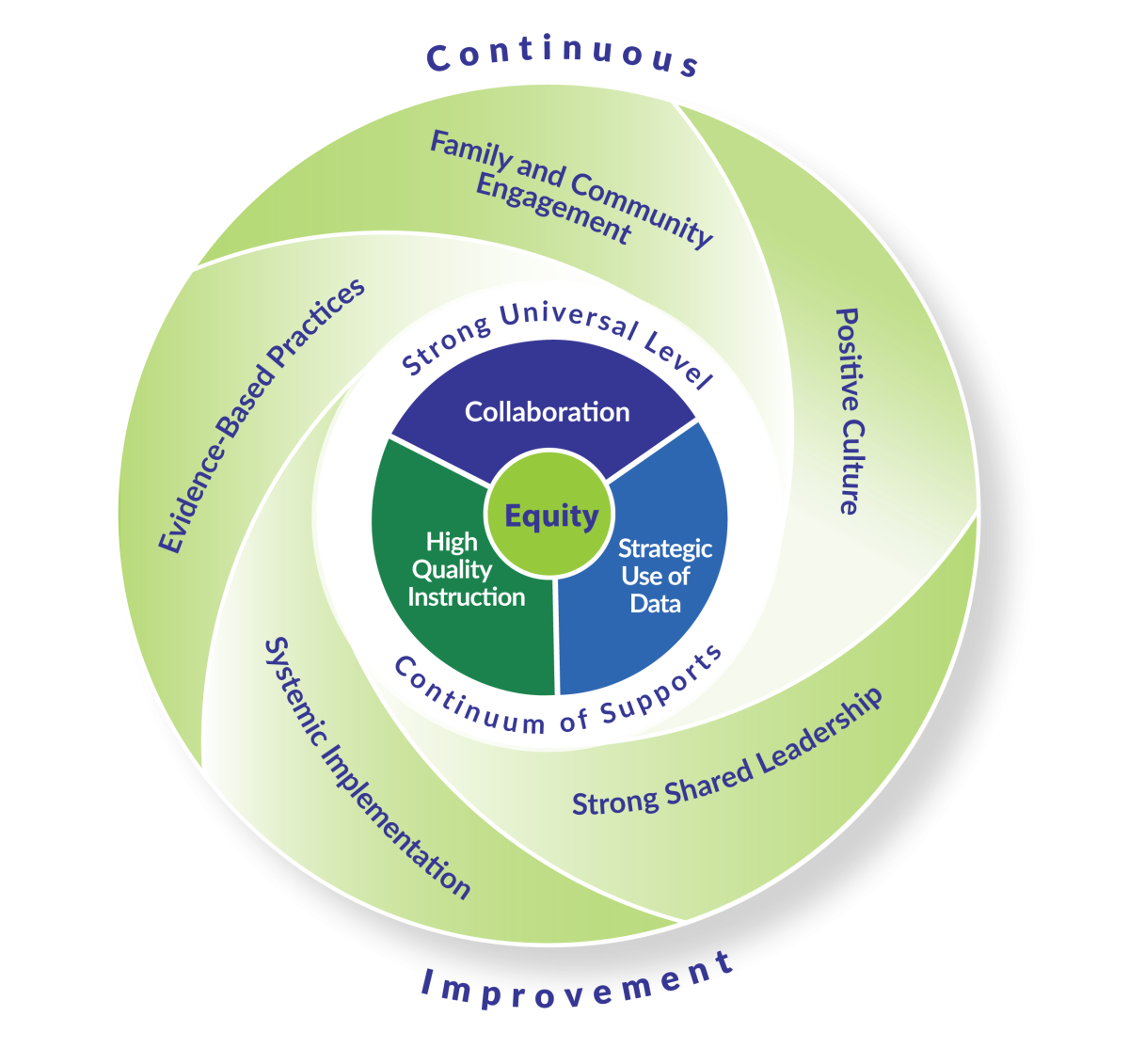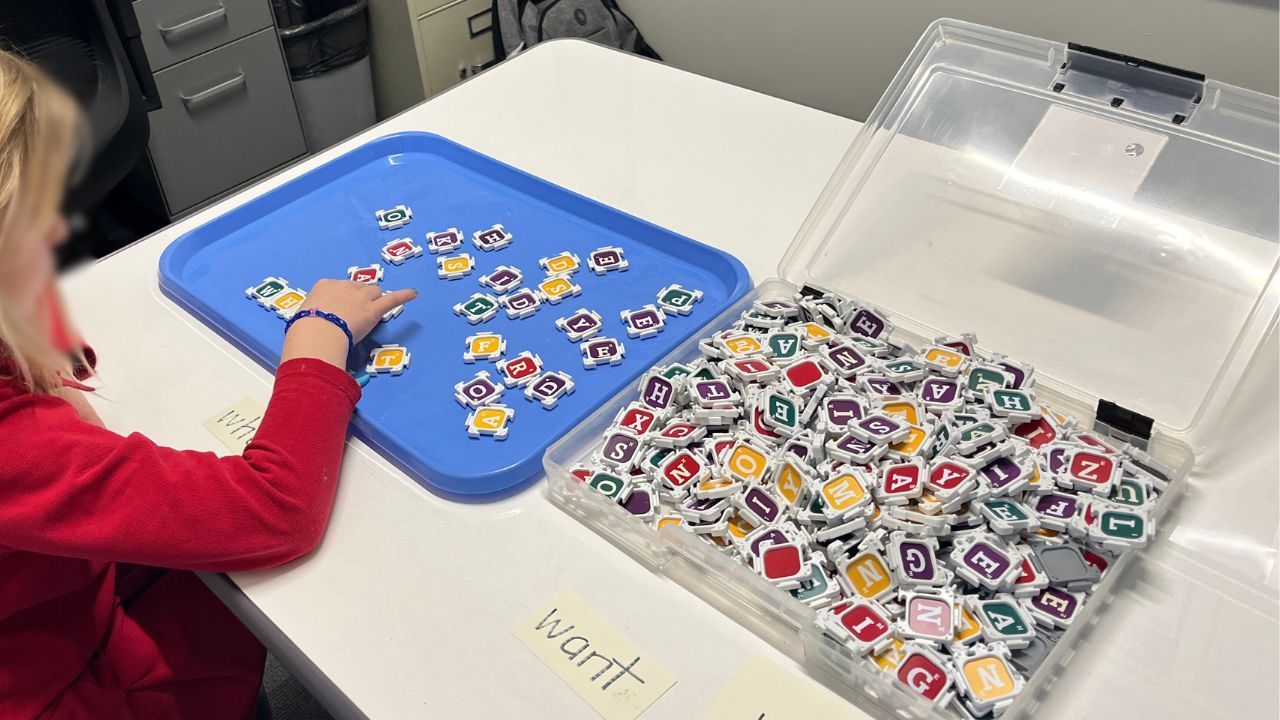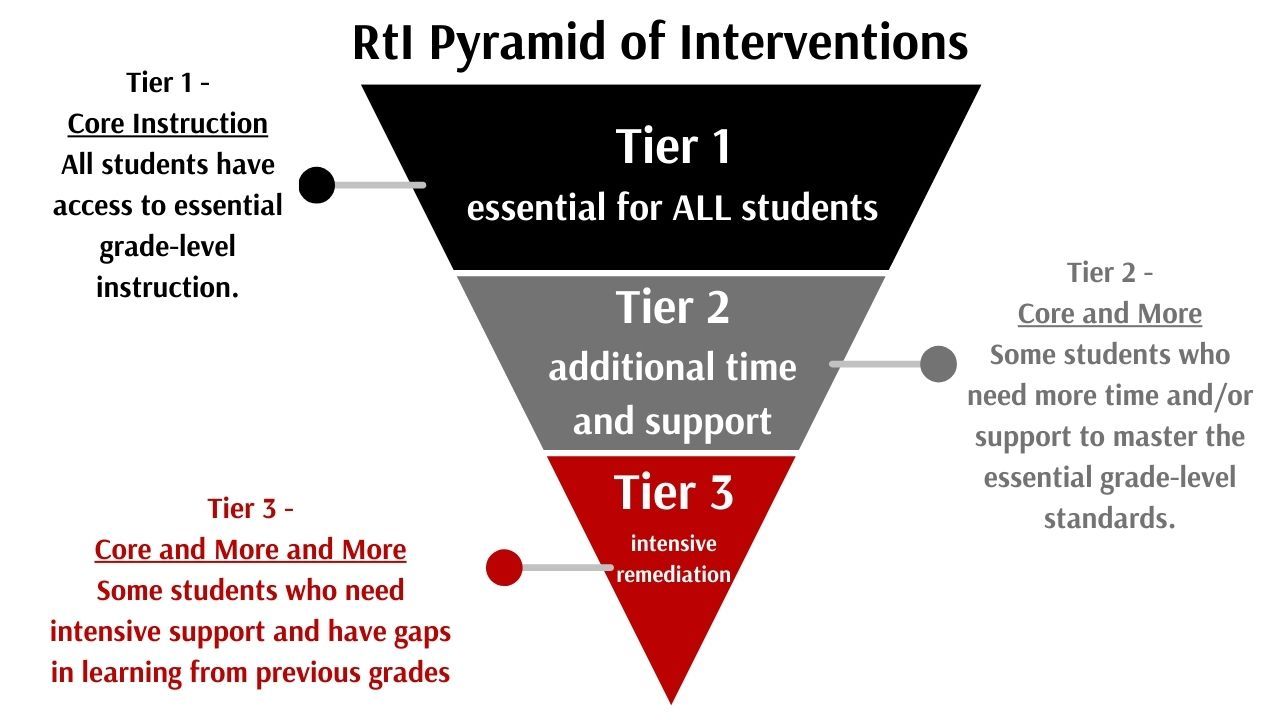rti
Core Principles of Response to Intervention (RTI)
RTI is grounded in the belief that ALL students can learn and achieve high standards when provided with effective teaching, evidence-based instruction, and access to a standards-based curriculum. A comprehensive system of tiered interventions is essential for addressing the full range of students’ academic and behavioral needs. Collaboration among administrators, educators, families, and communities is the foundation of responsive education. On-going academic performance data should inform instructional decisions.


Wisconsin Definition of RTI
Response to Intervention (RTI) is a process for achieving higher levels of academic and behavioral success for all students through:
• High-quality instructional practice
• Balanced assessment for continuous review of student progress
• Collaboration
Responsive Education Process
The St. Gabriel School's responsive education process is a shared responsibility; all staff members (general education teachers, special education teachers, paraprofessionals, and student servicing staff) assume an active role in students’ assessment and instruction.
The St. Gabriel School’s responsive education process is based on the Wisconsin RTI model. This process includes three tiers.
- Tier 1 (Universal) —how we use data and differentiate to meet the needs of all students.
- Tier 2 (Selected)—how we intervene with small groups of students who either continue to struggle to meet benchmarks or exceed benchmarks.
- Tier 3 (Targeted)—how we meet the needs of students who continue to struggle to meet benchmarks or exceed benchmarks in Tier 2.

What Does Intervention Mean at St. Gabriel Catholic School?
An intervention is anything a school does above and beyond what all students receive to help certain students succeed academically.
- Tier 1 interventions are considered preventions
- We don’t wait until the summative test to find out which students need more help.
- All students receive Tier 1 instruction. This is grade-level material presented through differentiated instruction.
- Tier 2 interventions are when we continue to provide students with additional help
- Students who need a little more help to master the essential standards because the teacher must move on to the next unit.
- The defining characteristics of Tier 2 are not the size of the group or the duration of the intervention. It is defined by the Targeted Learning Outcomes.
- Only 10% - 20% of students will receive Tier 2 interventions. These interventions will be conducted by the classroom teacher during class time to help the student master current skills.
- Tier 3 interventions are efforts to fill in the gaps
- This happens when a student’s struggles are rooted in a lack of skills and knowledge from previous years of study.
- Only 5% - 10% of students will receive Tier 3 Interventions. These interventions will take place with our RTI teacher outside of classroom instruction. They will be pulled from class time outside of reading and language arts to work on specific targeted learning outcomes.
- A student receiving Tier 3 Interventions will be assigned a Case Manager who will facilitate parent meetings, monitor students' progress, meet with the RTI teacher and student on a regular basis, and help ensure that the student is meeting their full potential.
Common Misunderstandings About RTI:
- RTI is NOT a tutoring program for students
- Students cannot be added to Tier 3 because a parent or teacher wants them there
- They need to meet certain criteria for intensive interventions
- RTI is NOT intensive 1-on-1 instruction for all students
- RTI is NOT a “process” to identify students for special education
- RTI is NOT more of the same kind of instruction and work
If your child qualifies for the RTI program, you will be notified by their teacher.
For any questions, please contact:
Kim Lestina - Principal (klestina@sgabriel.org)
Sarah Kohls - RTI Teacher (skohls@sgabriel.org)
-This program was awarded $10,000 from an Archdiocese G.I.F.T. Grant in 2022.
We nurture academic excellence while we Proclaim the Word, Form Disciples, and Live a Sacramental Life.
Our Campus
1200 Saint Gabriel Way
Hubertus, WI 53033
Ph: 262.628.1711
School Hours
8:00 AM - 3:15 PM
7:40 AM - Drop-Off Begins
7:50 AM - Students Released To Classrooms
WeConnect | By LPi
